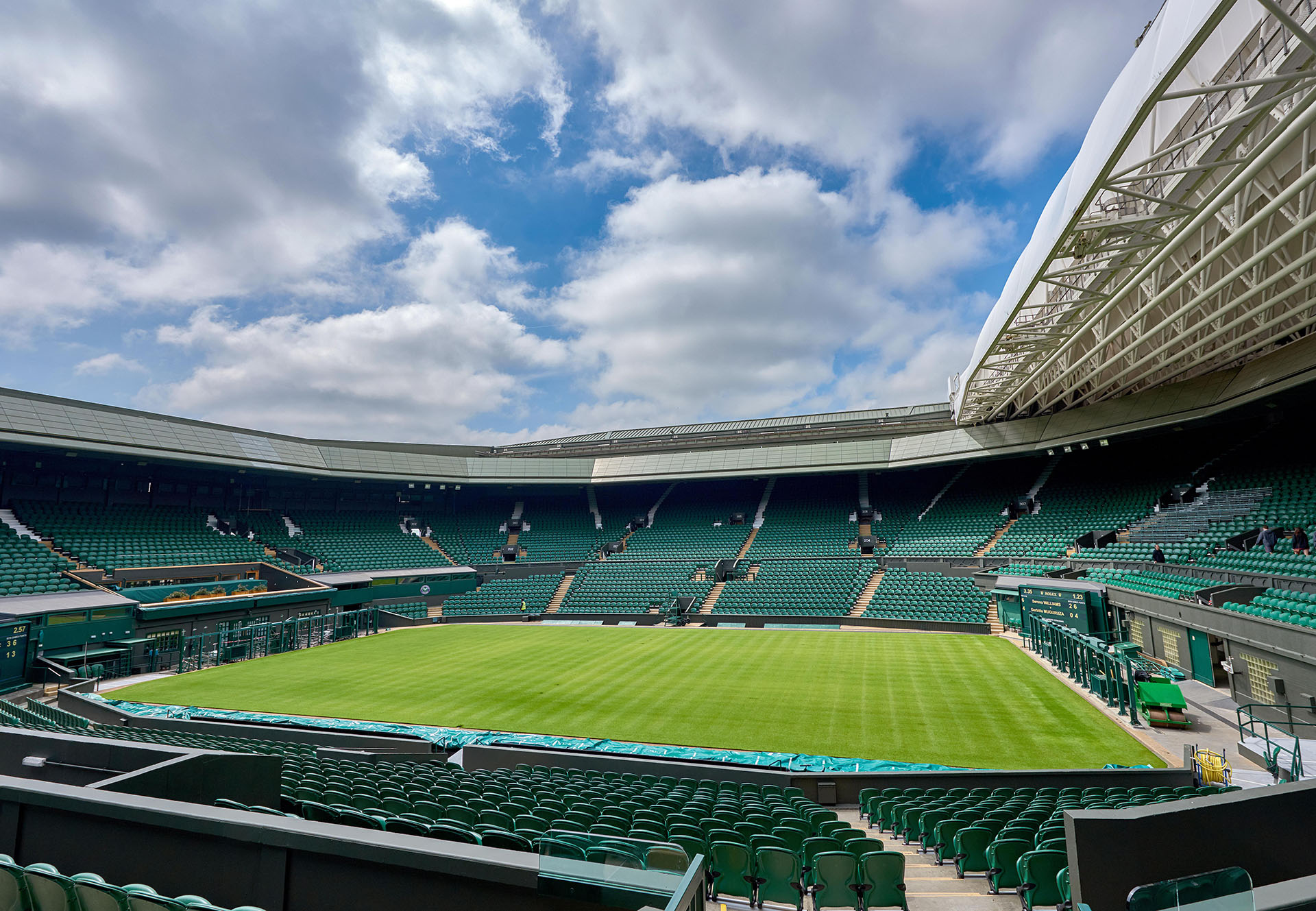Tennis is not a sport with a lot of doping cases. In the Anti-Doping Database, we have registered 156 athletes banned for doping. To end up on the top ten list of sports with the most doping cases, a sport must have more than 300 doping cases registered in our database.
Our stats show that between four and 12 tennis-players are banned each year. The last tennis-player we have registered in the database is the Brazilian player Victor Bini who received a 13 month suspension for Clomiphene.
Wimbledon is also the cleanest of the Grand Slam tournaments.
In comparison French Open has had seven doping incidents during their history. The last one in 2011. Australian Open has had six incidents where a tennis player has tested positive during the tournament. Four players have tested positive during the US Open which is the last Grand Slam of the season. Two of the four were wheelchair tennis players.
No cases in Wimbledon since 2007
The last athlete to test positive during the tournament in the capitol of the United Kingdom, was the Swiss tennis-player Martina Hingis. She was banned for two years after testing positive for Cocaine during the tournament in 2007.
At a press conference in Zürich, Switzerland, the then 27-year-old Hingis said:
"I am frustrated and angry. I believe that I am absolutely, 100 percent innocent. I have never taken drugs," she said before leaving the press conferences without taking questions.
She never contested the positive test arguing she had “no desire to spend the next seven years fighting doping officials”.
Her appeal was rejected, and her two-year ban started on October 1st, 2007.
In a statement from the ITF it said: "Following a two-day hearing in December 2007, an independent anti-doping tribunal found that a sample provided by Ms. Hingis on June 29 2007 at the Wimbledon Championships in London, England, had tested positive for a metabolite of cocaine. The tribunal rejected the suggestion made on behalf of Ms. Hingis that there were doubts about the identity and/or integrity of the sample attributed to her. The tribunal also rejected Ms. Hingis' plea of No (or No Significant) Fault or Negligence, on the basis that no mitigation was possible as it had not been shown how the cocaine entered her system."
Hingis held the number one ranking in singles for a total of 209 weeks. She has 43 career titles. In 1997 she won Australian Open for the first of three times, Wimbledon and US Open. She also made it to the final in French Open, only loosing to Iva Majoli from Croatia.
Brazil and USA top the tennis stats
Brazil and USA both tops the countries with the most tennis-players banned for doping with 14 each. They are followed by Russia and Spain, which have had 13 players banned for a prohibited substance. Italy follows with 11 and on six place France comes with 9 players suspended for violating an anti-doping rule.
When it comes to substances Cannabis is the most popular banned substance to abuse. 15 tennis-players has been sidelined after testing positive for this drug. Hydrochlorothiazide comes in second with 10 positive tests. Cocaine is on third place together with the anabolic steroid Stanozolol – both drugs are responsible for nine athletes being banned. Nandrolone is the second most used anabolic steroid in tennis. We have registered eight athletes banned after testing positive for this substance.
Out of the 156 banned athletes, 36 has been given a two-year ban. 15 has been sidelined for one year while 13 has been of the court for four years.
Budget Ten Times Doubled In 12 Years
In 2010 the anti-doping budget at International Tennis Federation (ITF) was $1.5 million. Today the International Tennis Integrity Agency (ITIA) had a budget for 2022 of $15,8 million. A year later the budget was $17.3 million. The ITIA budget is set by its members, with each funding organisation contributing an equitable amount of one seventh. The funders are ATP, WTA, ITF, and Grand Slams (Wimbledon, Roland-Garros, Australian Open and US Open).
The budget cover both anti-corruption and anti-doping efforts. It is, according to the ITIA website, the sport’s highest ever investment into integrity.
Doping Tests More Than Tripled Since 2009
In 2009, the ITF conducted 2.126 tests. According to the World Anti-Doping Agency statistics for 2022, the total number of samples collected in the sport was 7.068. In its annual review published in 2023, ITIA reports that they had conducted 7.247 tests.
ITIA was fully operational from January 1st, 2022. The agency is a fully independent and integrated global anti-doping and anti-corruption integrity organization in sport.
Nicole Sapstead was appointed as Senior Director for Anti-Doping. She came from the position as CEO of UK Anti-Doping (UKAD) – a position she held for six years.
Sapstead started in the position in September 2021.
Links:
Wimbledon - https://www.wimbledon.com/
The International Tennis Federation - https://www.itftennis.com/en/
The International Tennis Integrity Agency - https://itia.tennis/
The ITIA anti-doping Program for 2022 - https://www.itia.tennis/media/qgldovlk/tadp-2022.pdf
ITIA annual review – 2023 - https://www.itia.tennis/media/4nvpixfe/itia_annualreview2023.pdf
International Tennis Integrity Agency to appoint Nicole Sapstead as Senior Director for Anti-Doping - https://www.itia.tennis/news/itia-news/nicole-sapstead-senior-director-for-anti-doping/
The Hingis decision - https://www.doping.nl/media/kb/1004/ITF%202008%20Martina%20Hingis%20(OS).pdf

